Best Practices for Weaning Patients Off Ventilators: A Step-by-Step Guide
Weaning patients off ventilators is a critical phase in respiratory care, particularly for those recovering from severe respiratory failure. The process of weaning involves gradually reducing ventilatory support and allowing the patient to resume independent breathing. The objective is to ensure a safe transition while minimizing the risks of respiratory distress or failure. Below is a comprehensive step-by-step guide to the best practices for successful ventilator weaning.
1. Assessing Patient Readiness
Before initiating the weaning process, it’s crucial to evaluate the patient’s readiness. Key indicators include:
- Stable Vital Signs: The patient should exhibit stable blood pressure, heart rate, and oxygen saturation.
- Adequate Oxygenation: Patients need a PaO₂ > 60 mm Hg on FiO₂ < 40% with positive end-expiratory pressure (PEEP) ≤ 5 cm H₂O.
- Respiratory Muscle Strength: A positive assessment of respiratory muscle function, often measured by negative inspiratory force (NIF).
- Mental Status: The patient should be alert and able to follow commands, as cognitive function affects breathing effort.
If these criteria are met, the healthcare team can move to the next stage.
2. Conducting a Spontaneous Breathing Trial (SBT)
Spontaneous Breathing Trials (SBT) are a gold standard in weaning protocols. An SBT helps assess the patient’s ability to breathe without ventilator support. During the trial:
- The patient is placed on low-pressure support, such as T-piece or CPAP (Continuous Positive Airway Pressure).
- Monitoring lasts for 30-120 minutes, and clinicians observe for signs of respiratory distress like increased respiratory rate, labored breathing, or drop in oxygen saturation.
If the patient tolerates the trial well, they may be considered ready for extubation.
3. Monitoring During Weaning
While reducing ventilator support, continuous monitoring is essential. Key parameters include:
- Tidal Volume: The volume of air displaced between normal inhalation and exhalation.
- Respiratory Rate: A sudden increase in respiratory rate may indicate weaning intolerance.
- Arterial Blood Gases (ABG): Regular ABG assessments to ensure proper oxygen and carbon dioxide levels in the blood.
Any significant abnormalities during the weaning process should be addressed immediately by adjusting ventilator settings or pausing the process.
4. Extubation Readiness and Decision Making
Once the patient passes the SBT and other assessments, the next step is to determine if they are ready for extubation. Factors to consider include:
- Cough Reflex: A strong cough reflex indicates that the patient can protect their airway.
- Secretions Management: The patient should be able to clear secretions effectively without the aid of suctioning.
If the patient meets these criteria, extubation can proceed. However, preparation for potential re-intubation is crucial in case of post-extubation respiratory failure.
5. Post-Extubation Monitoring
Even after successful extubation, ongoing monitoring is critical to detect any signs of respiratory distress or airway obstruction. This includes:
- Frequent Assessment: Nurses and respiratory therapists should frequently check respiratory rate, effort, and oxygenation levels.
- Non-Invasive Ventilation (NIV): Some patients may benefit from non-invasive ventilation, like BiPAP (Bilevel Positive Airway Pressure), to aid in the transition.
6. Addressing Weaning Failure
In cases where a patient fails to wean, immediate corrective actions should be taken. This may involve:
- Reviewing the Underlying Condition: Ensuring the primary cause of respiratory failure is adequately treated.
- Physical Therapy: Incorporating respiratory muscle training through physical therapy to enhance muscle strength and endurance.
- Sedation Review: Adjusting sedation levels, as over-sedation can contribute to weaning difficulties.
7. Psychological Support
Weaning off a ventilator can be an anxiety-inducing process for patients. Healthcare professionals should provide reassurance and psychological support, explaining the process in simple terms and addressing patient concerns.
Conclusion
Ventilator weaning is a highly individualized process, requiring a careful balance of clinical judgment, patient assessment, and monitoring. By following best practices such as readiness assessments, Spontaneous Breathing Trials, and close monitoring, healthcare teams can optimize patient outcomes and reduce the risk of respiratory failure during the weaning process.

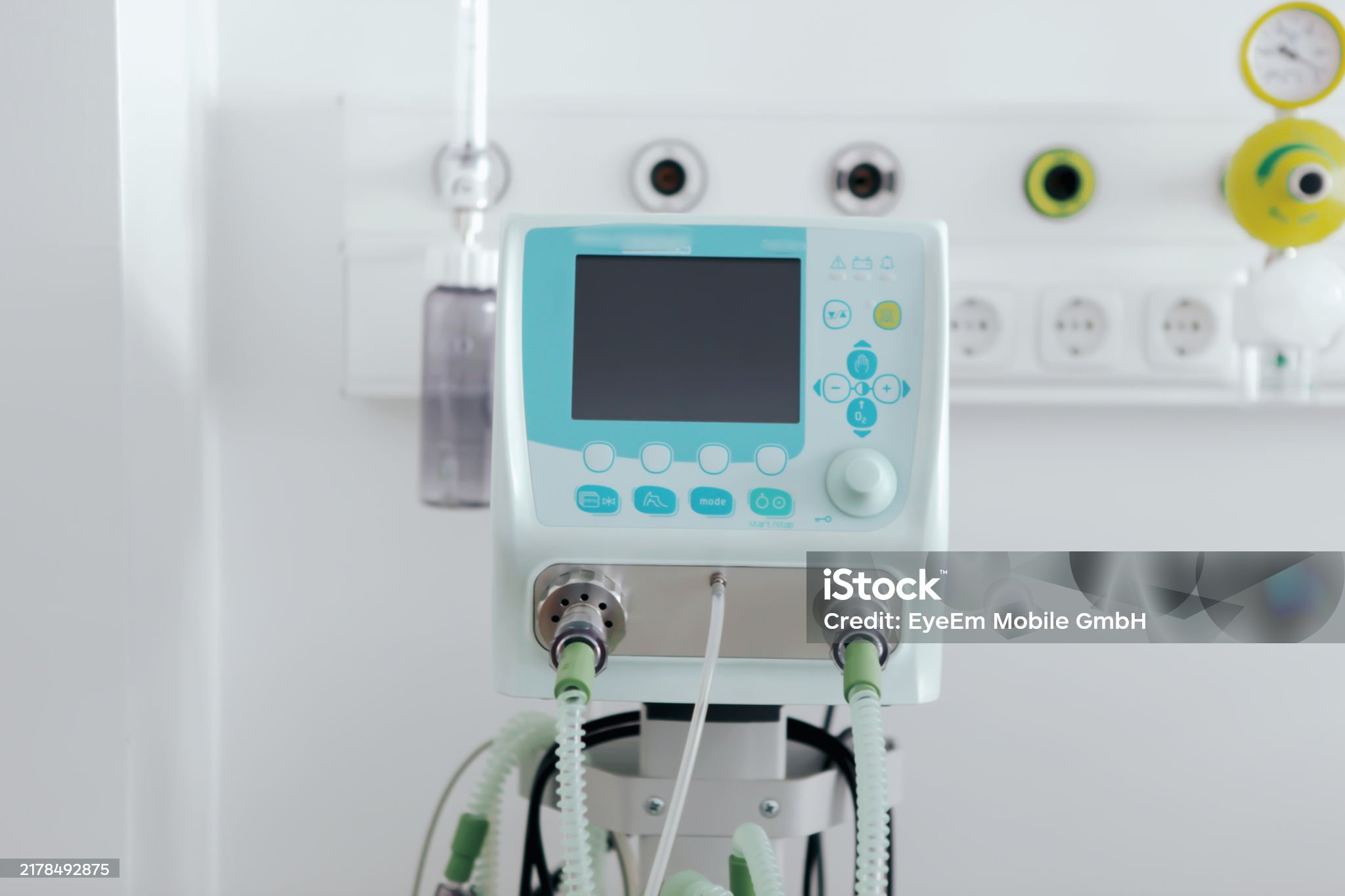
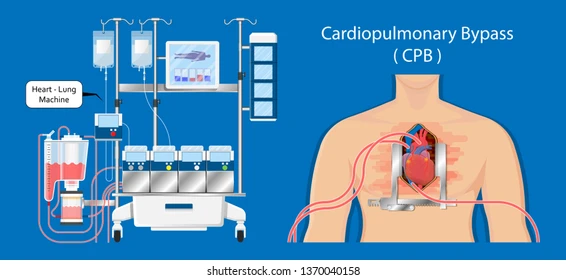

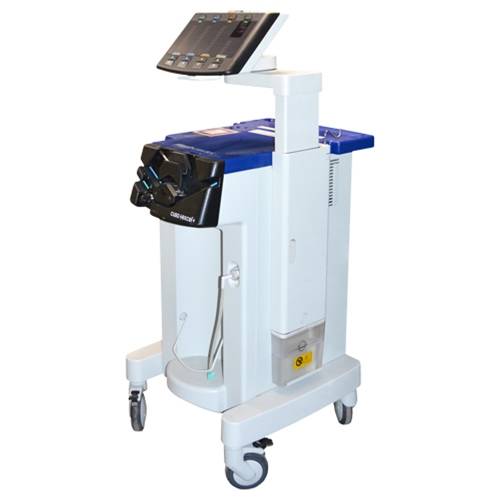
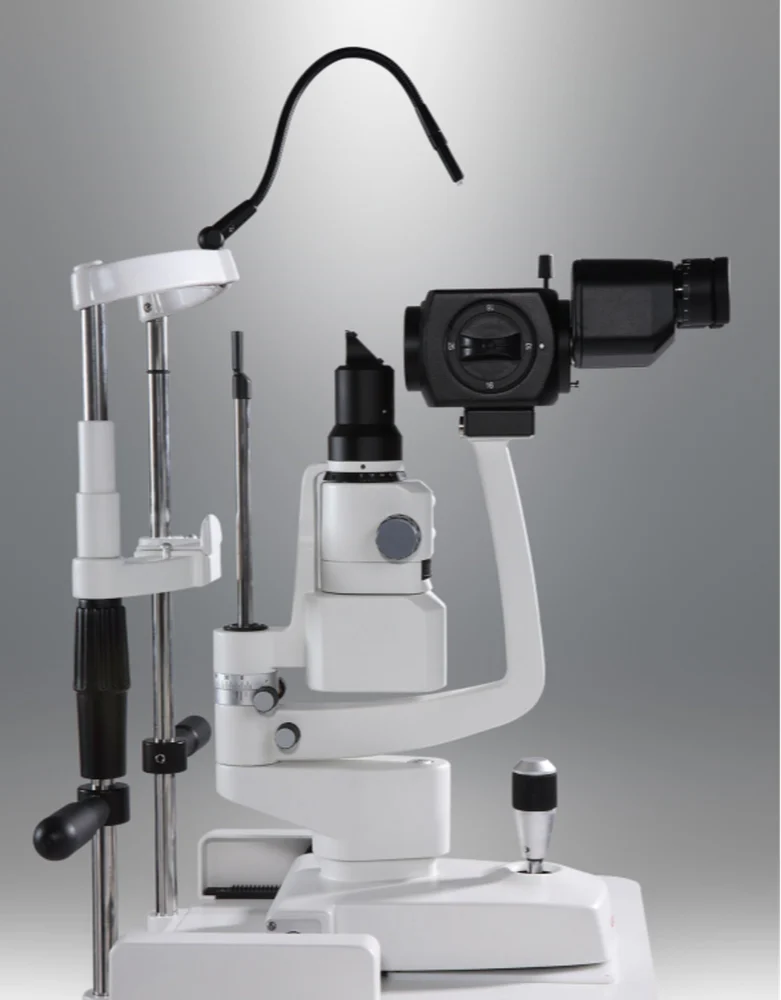
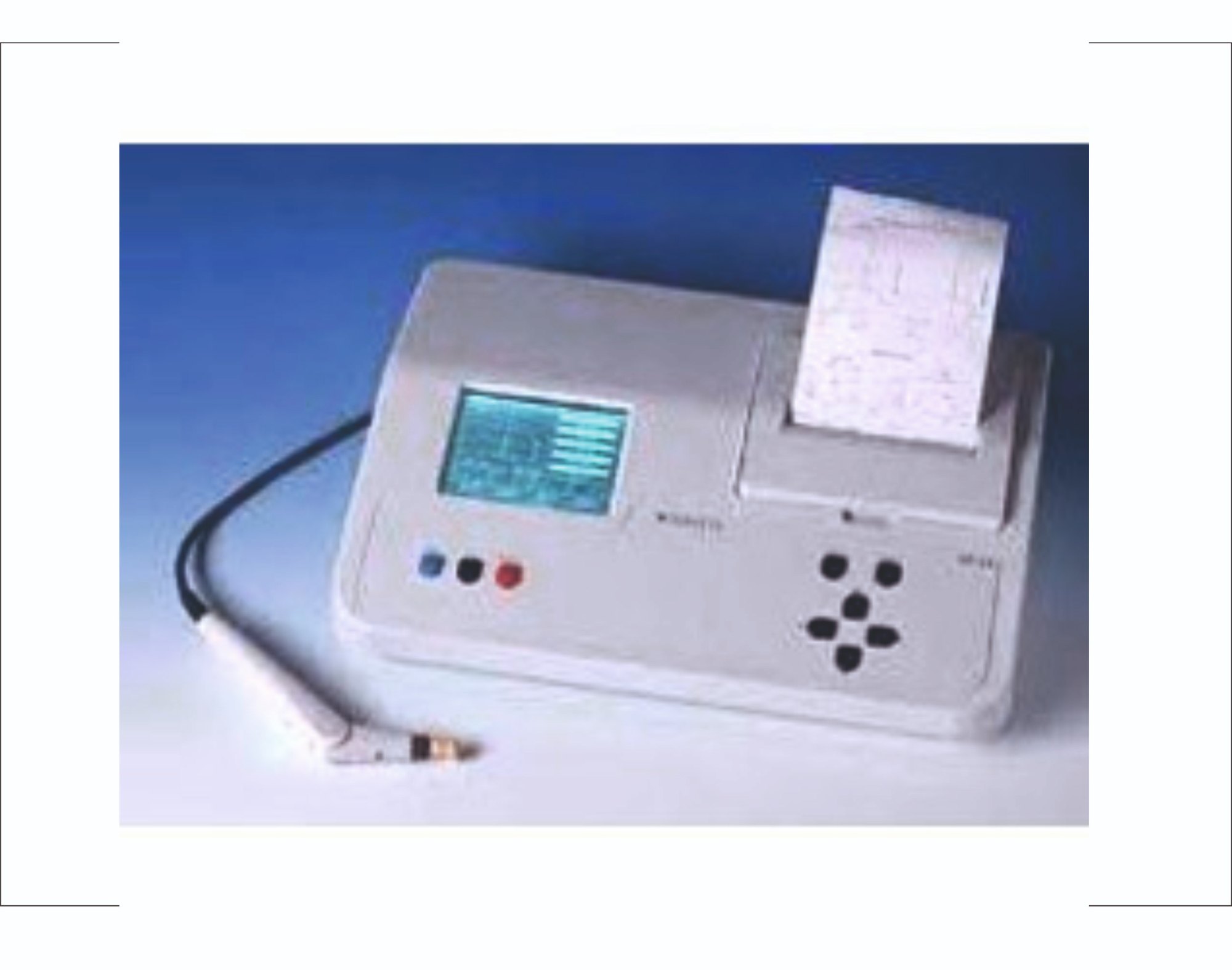
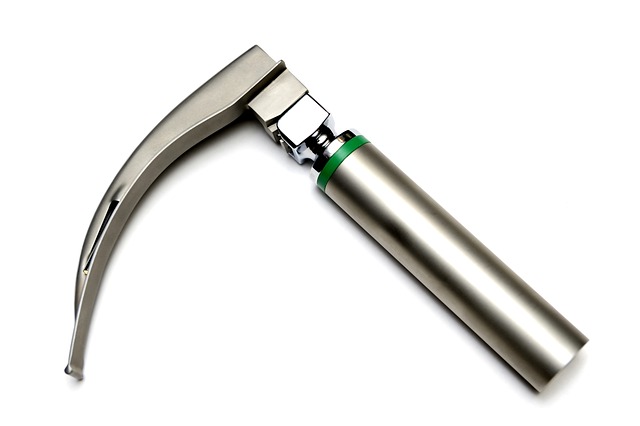

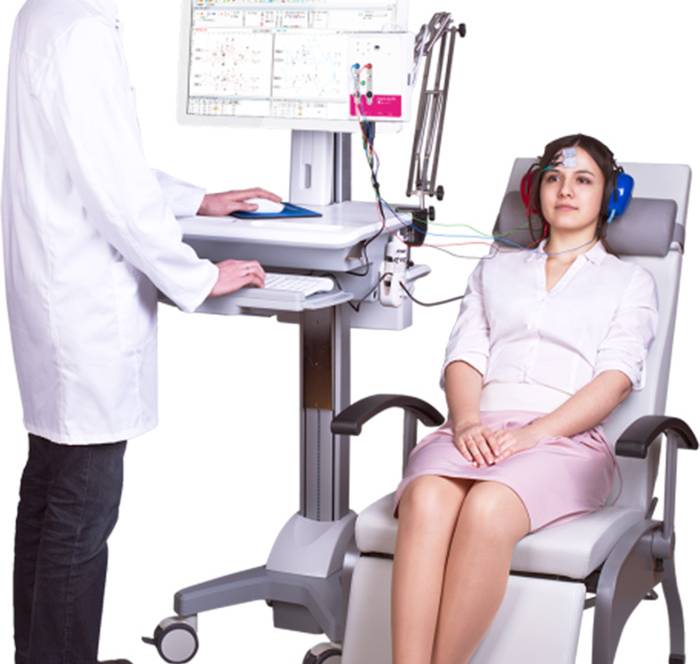
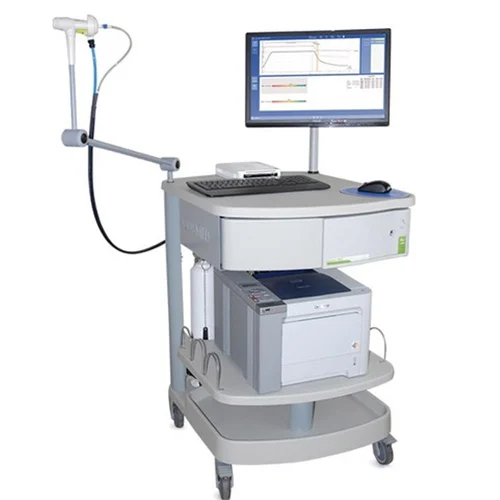


Leave a Reply